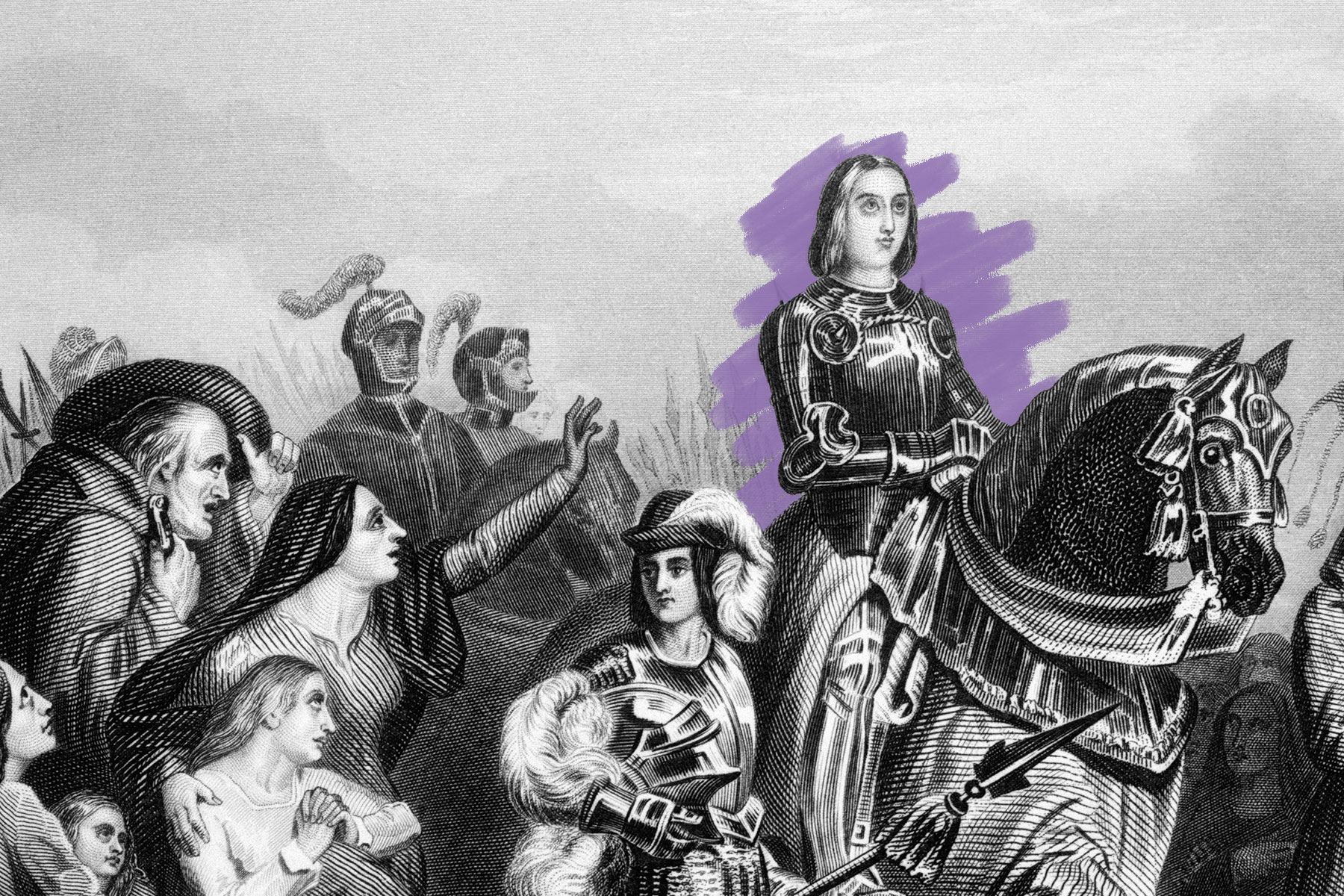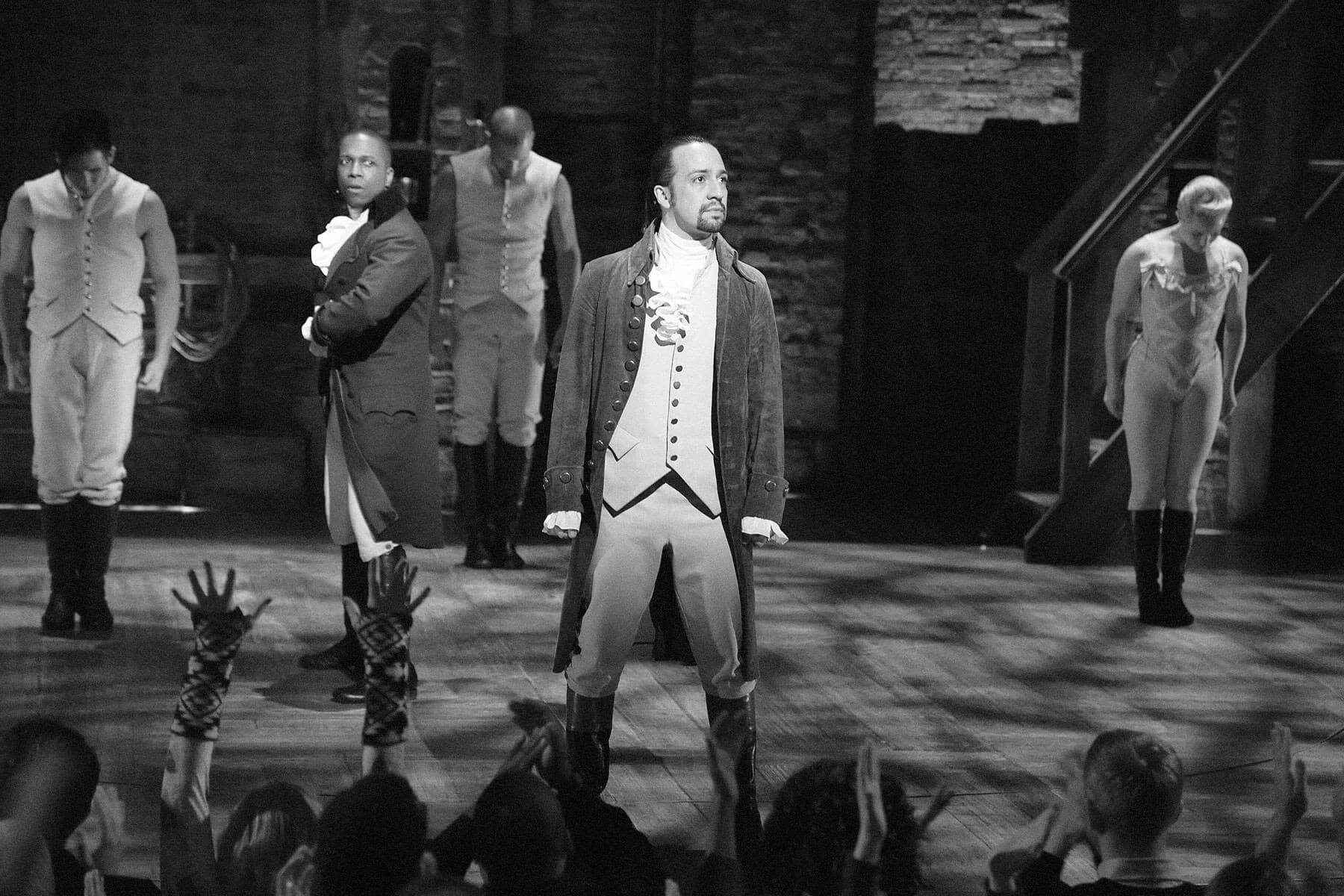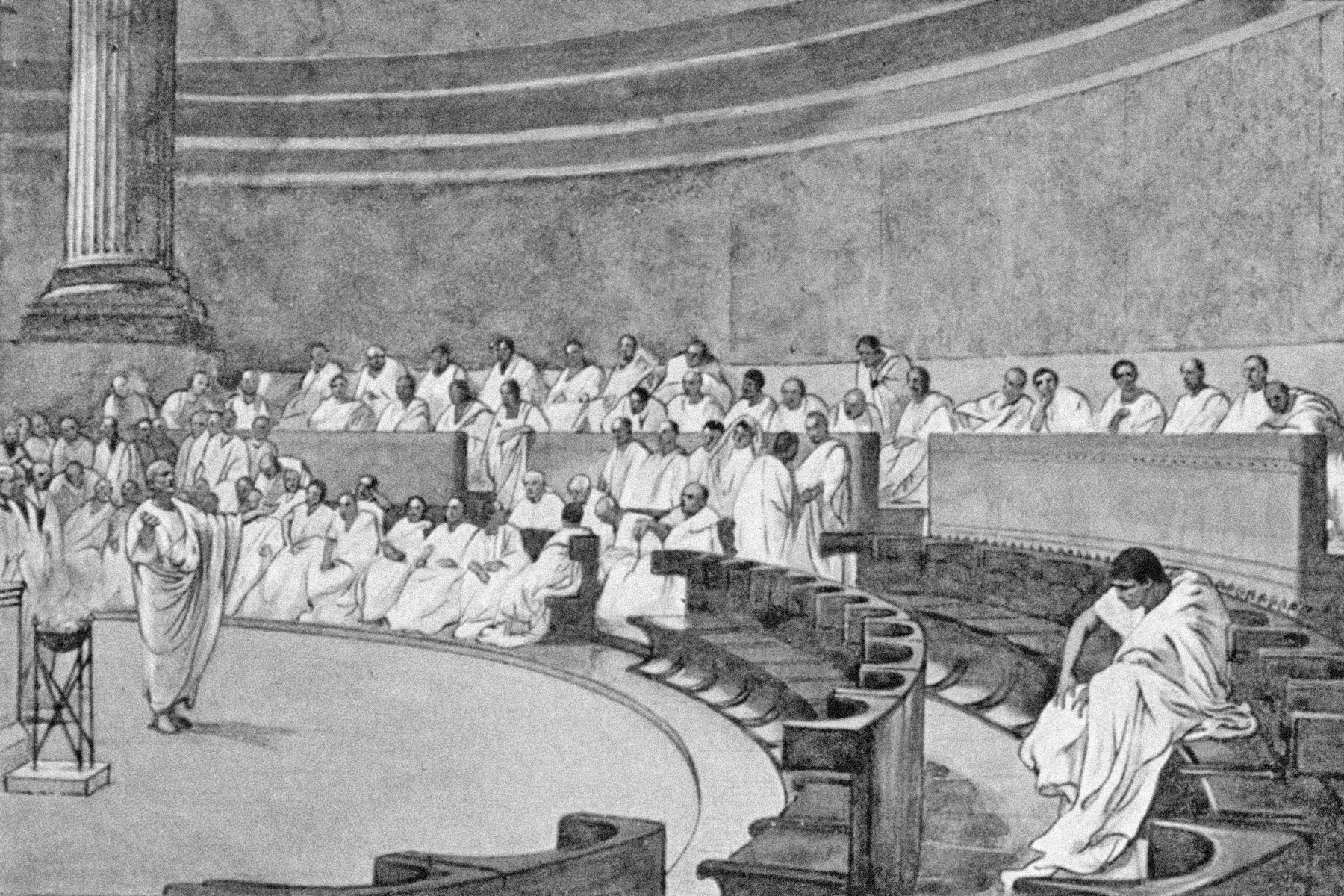 |
Joan of Arc inspired the bob haircut. |
Famous Figures |
 |
| |
| The French heroine returned to the spotlight when the Catholic Church canonized her as St. Joan of Arc in the early 20th century. Influenced by Joan's popularity, renowned Paris hairdresser Antoni Cierplikowski cut the first "bob" hairdo in 1909, citing Joan as his inspiration. The cut transformed the idea of cropped hair for women, making it a fashionable look for glamorous Hollywood stars — albeit controversial, especially at first. Long hair had long been seen as a symbol of femininity, and it was considered rebellious and even scandalous to expose the nape of the neck. Famous ballroom dancer Irene Castle was among the first to adopt the look, cropping her tresses in 1915. Actress Louise "Lulu" Brooks further popularized the style in the 1929 silent film Pandora's Box, which made the "Lulu bob" world famous. Jazz Age "flappers" also adopted the new 'do, emphasizing their break from societal norms. Bobs continued their reign throughout the 20th century, as seen on some of the most influential women of the era, from actresses Elizabeth Taylor and Audrey Hepburn to First Lady Jackie Kennedy. | |
 | |
 | |||||||||
By the Numbers | |||||||||
| |||||||||
| |||||||||
 | |||||||||
| |||||||||
Barbers doubled as surgeons in medieval Europe. | |||||||||
| Cutting hair and performing surgery were considered similar crafts during the Middle Ages, both requiring a steady hand with a blade. In 1540, King Henry VIII of England even issued a decree ordering the Company of the Barbers and the Fellowship of Surgeons to form one unified trade guild, the Company of Barber-Surgeons, considered masters in medicine and grooming. Barbers began assisting with medical procedures that required blades, especially bloodletting, after the 14th-century bubonic plague dramatically decreased the number of qualified surgeons throughout Europe. Eventually, barber-surgeons performed dental extractions, minor surgeries, and even amputations. The profession was especially common in France, where Ambroise Paré — often regarded as the father of modern surgery — began his career as a barber-surgeon. | |||||||||
 | |||
Recommended Reading | |||
 | |||
| | |||
 | |||
| | |||
| + Load more | |||
| |||
| |||||||||
| Copyright © 2024 History Facts. All rights reserved. | |||||||||
| 700 N Colorado Blvd, #513, Denver, CO 80206 | |||||||||
|





No comments:
Post a Comment